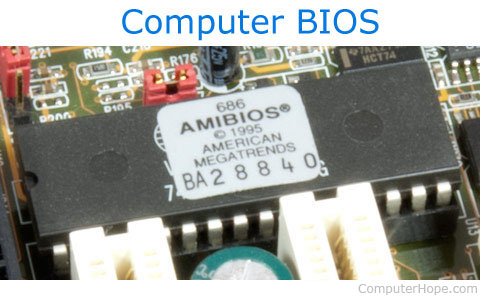EEPROM
Short for electrically erasable programmable read-only memory, EEPROM is a PROM that can be erased and reprogrammed using an electrical charge. EEPROM was developed by George Perlegos while at Intel in 1978, and unlike most memory inside a computer, it remembers its data without power.

EEPROM was a replacement for PROM (programmable read-only memory) and EPROM (erasable programmable read-only memory) chips and is used for later computer's BIOS (basic input/output system) that were built after 1994. Having a computer with an EEPROM allows the user to update the computer's BIOS without opening the computer or removing any chips.
Where is the ROM on a computer?
For the computer, the main EEPROM and BIOS is on the computer motherboard.
Other expansion cards and devices may have an EEPROM or ROM (read-only memory) on them as well.
Bubble memory, Computer acronyms, Firmware, FPGA, Memory terms, Non-volatile memory, NVRAM, ROM
